As I’ve said many times before, history is something that I enjoy. I like going to places where I can see where history happened and get an idea of what these places look like and looked like when history was happening. It makes the history in books come alive to have actually seen these places and, in your mind’s eye, move with the pioneers across the Great Plains or sit with the von Trapp Family Singers when they were detained on Ellis Island. A great place to see where history happened is Morristown National Historical Park in Morristown New Jersey. All my life, I’d been told by those who’d taken class trips to the park, “There’s nothing there—just a few buildings and remnants; nothing interesting.” Well, that’s true…but it’s more interesting than I’d been led to believe. One member of my group, who went on several class trips to the area, even said about one section, “This is cool—I’ve never been here.” In this post, I’ll talk about the southerly unit of the park; Jockey Hollow. Here we visited the Wick House (formally Tempe Wick’s House) and the soldier’s huts near where the Pennsylvania Brigade camped for the winter of 1979-1980. Both were quite interesting, although not worth a 100-mile detour to see!
Getting to Jockey Hollow
To get to the Jockey Hollow Unit of Morristown National Historical Park, from I-80, take Exit 43 to I-287 South. Drive for about 8 miles (12.8 km) and take Exit 33. Turn left off of the exit ramp onto Harter Road. Follow Harter Road for another 0.8 miles (1.2 km) until it T’s into Mount Kemble Ave (US-202 South). Turn left. Drive for 2.2 miles (3.5 km), and then turn right onto Tempe Wick Road. Another 1.4 miles (2.2 km) will take you to the right-hand turn towards the Jockey Hollow Unit of Morristown National Historical Park. If you’re coming from the south, from I-78 take Exit 29 towards I-287 North. Continue on I-287 for about 8.5 miles (13.6 km) to Exit 30 B and merge onto North Maple Ave for 0.2 miles (0.3 km). Then turn right on US-202 North (Morristown Road) for 1.8 miles (2.9 km). Take a left turn onto Tempe Wick Road; you’ll come to the entrance to the Jockey Hollow Unit 1.4 miles (2.2 km) later. The park is well-marked, so follow the signs.
Almost as soon as you enter the Unit, you’ll come to the visitor center for Jockey Hollow. This will be the building on your right behind the trees. Turn left to enter the parking area. A sign will tell you to turn left for the “Wick House” and the “Visitor Center”. Park, and then cross the road and walk up the paved path to the visitor center. This area is wheelchair accessible; after the visitor center the trail becomes gravel. Inside the visitor center, make sure you walk around to the back side (the area that seems very dark) and check out the replicated soldier’s hut—it will put the ones farther up the road in perspective, because these are full of clothes, blankets, soldier’s belongings, etc. There’s also an area behind the desk where children can dress up like the soldiers and officers: very cool!
Speaking of children, Morristown National Historical Park has a Junior Ranger program for those ages 0+. (Seriously…if the child can do it, they’re allowed to! The “children” in our group ranged from 7-24, and the person who put the booklet together obviously assumed that younger children would do it, as well). You can print out the booklet at http://www.nps.gov/morr/forkids/upload/MORR-Jr-Ranger-booklet.pdf. Children who complete the requirements in the booklet get a “junior ranger” badge. Some things in the book can be completed at Jockey Hollow; for others you’ll have to visit another park unit.
When you’ve finished in the visitor center, head through the back doors and up the path toward the Wick House. I had always heard of it as the “Tempe Wick House”, due to the legend of Tempe Wick, who supposedly hid her horse from the British in her bedroom so that it wouldn’t be taken away for army use. Now, I think the legend has come under hard times, because they never mentioned Tempe, except in passing, and never by name. However, it’s fact that two American generals stayed in the house, so it’s historical. You can go in the house and see what it would have been like at the time of the American Revelation. There’s also a very nice garden with all kinds of flowers, herbs, and even food growing in it. Usually, there’s at least one interpreter at the house who will be doing a period handcraft—this time there was a woman in period costume doing rug hooking, but I’ve also seen a man (also in period costume) doing woodworking. The Wick House is open 9:30am to noon and 1:00pm to 4:30pm.
Now you have a choice to make. You can either walk the trail to the Soldier Huts at Jockey Hollow (in the past, the trail has been very grown in), about a mile (2 km) away, or you can drive the road. We decided that driving would be faster and much easier. So, if you’re driving, retrace your steps through the visitor center to your vehicle. Turn left out of the parking area and follow the one-way road as it dips and turns over rolling hills. A little over a mile (about 2 km) later, you’ll come to a road junction, with a road going off on your left. Just before this junction, there should be the entrance to a parking area on your left. Pull into this parking area. Up across the field, you should be able to see the soldiers’ huts. A path goes up across the field (it starts from the road) or you can walk across the field. We did both—we walked across the field until we met up with the trail :-). This is a bit of a climb, no matter if you take the field or the path. However, it’s not long; about 0.1 miles (0.2 km).
When you get to the top, you can see the reconstructed soldier’s cabins. The soldiers made these themselves by felling the trees and making them into houses—it took them more than 2 months to build enough for all the soldiers. The winter that the American army spent here was one of the coldest in the history of the US—all the waterways froze solid all the way south into the Carolinas. The Hudson River froze solid—about 18 feet thick! The British moved a 3-ton cannon across the frozen river and the ice never cracked. So, as you can imagine, these weren’t the nicest places to be. They were cold, drafty, and not very cozy. Some of the cabins are totally reconstructed, while others are not in very good shape. The one on the far right, further up the hill, is one of the most unique, since it has two doors. The entire area is very nice, and it makes history come alive to see where and how the American army lived during one winter.
Return by the way you came. You could also visit other sites within the park, such as Fort Nonsense or, in Morristown, Washington’s Headquarters (which I highly recommend doing). You can see all this on a map that can be found at http://www.nps.gov/morr/planyourvisit/upload/MORRmap-2.pdf. It may not be a full-day trip, but Jockey Hollow was worth going to for a few hours!
Round Trip Trail Length: Less than 1 mile (2 km), unless you hike from the visitor center to the soldier’s huts
Facilities: Restrooms, water, and information at the visitor center
Hours: Wick House open most days 9:30am to noon; 1:30 to 4:30; huts open all year except in severely inclement weather.
Fees: None for the Jockey Hollow Unit of the park
Trail 




Road 




Signs 




Scenery 




Would I go 100 miles out of my way for this? 




Overall Rating: 




This Week’s Featured Product!
“Diary of an Early American Boy” is a fascinating read. I’ve personally read it, as have others that I usually hike with, and we all enjoyed it. The basic idea of the story is that a young man in Connecticut keeps a journal keeps a diary for a year to record his family’s doings. The illustrations are very nice and detailed, and the words are written in period style, yet are easy to understand. Highly recommended to anyone who loves history.

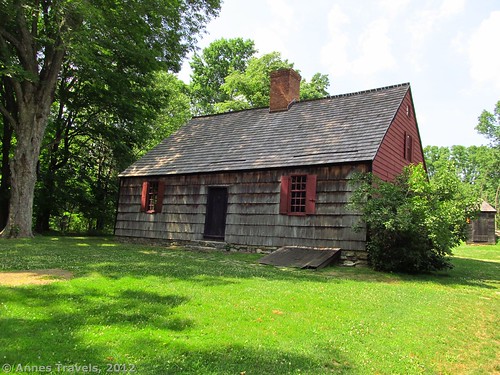
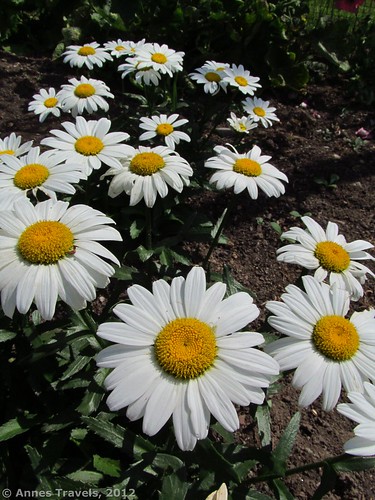
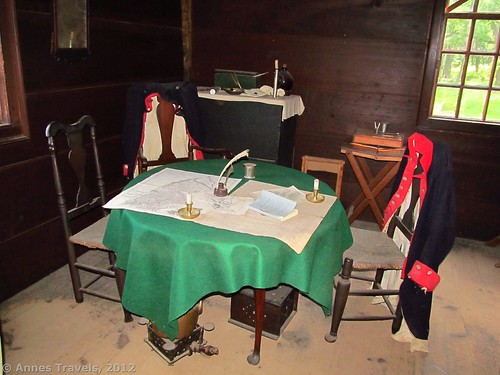
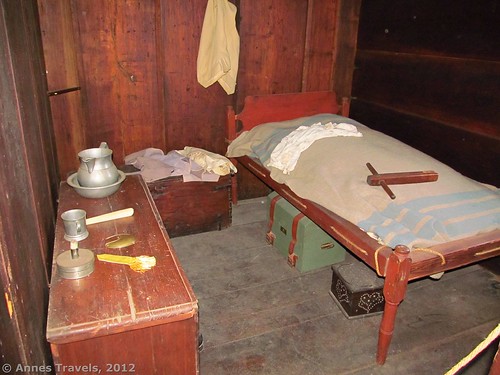
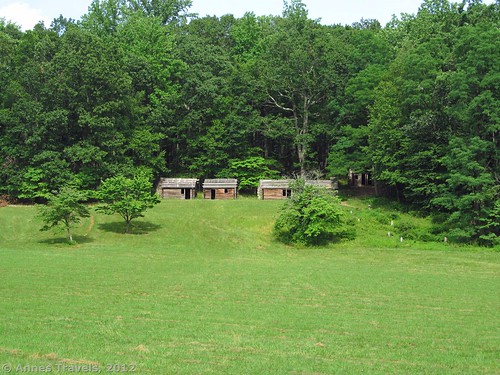
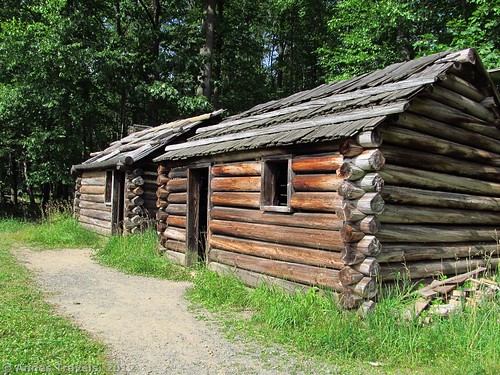
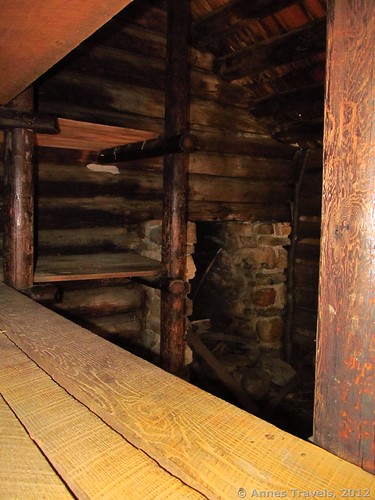
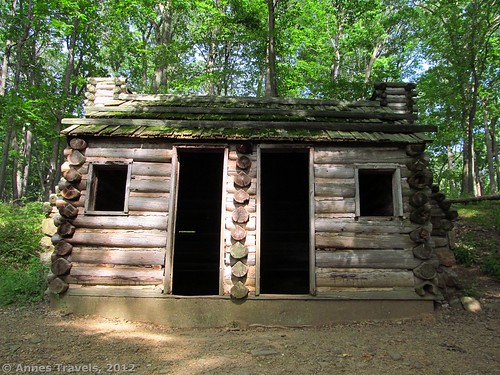
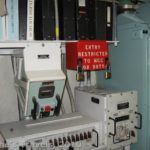
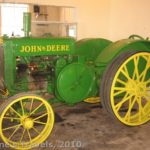
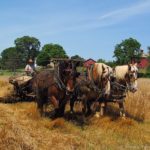
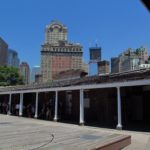
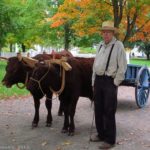
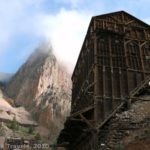
Thank you so much for bringing this to our minds eye. This is a very informative artile post with a lot of information, good content!
I’ve been exploring for a bit for any high quality articles or weblog posts on this kind of area . Exploring in Yahoo I eventually stumbled upon this website. Reading this information i’m satisfied to convey that I’ve a very excellent uncanny feeling I came upon just what I needed. I most unquestionably will make sure to do not forget this web site and give it a look on a constant basis.
You can certainly see your skills within the work you write. I hope for even more passionate writers such as you who aren’t afraid to say how they believe. Always follow your heart.
Pingback: 10 of the Best Free Historical Sites in America - Anne's Travels